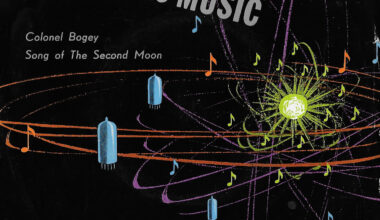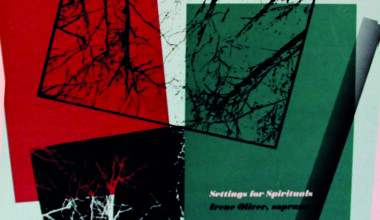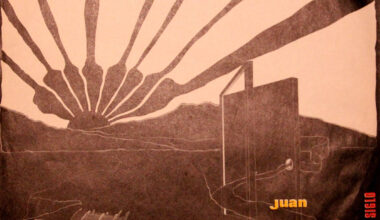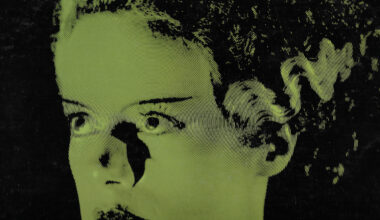digs out another gem of early electronic music: ‘The Sounds And Music Of The RCA Electronic Music Synthesizer’, a demonstration disc of the monstrous RCA Electronic Music Synthesizer from 1955, on both 12-inch LP and seven-inch box set formats
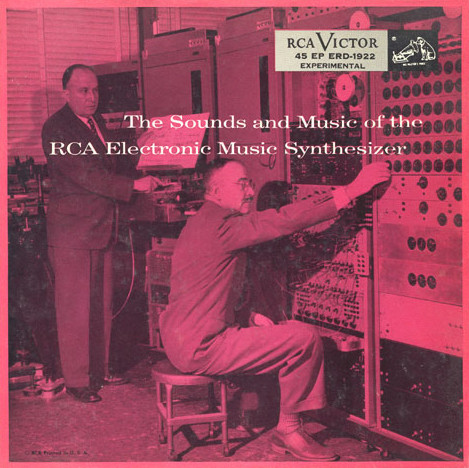
The RCA Electronic Music Synthesizer was the first synthesiser; or, at least, it was the first machine that was actually called a synthesiser, or ‘synthesizer’ – the American spelling. It filled a room, in that classic 1950s way new technology had of being terrifyingly huge. RCA was the Radio Corporation of America, which was originally part of General Electric, but became an independent company in the 1930s. It was involved in radio and television broadcasting and the manufacturing of vacuum tubes, or valves, and in 1949 they released the first-ever 45rpm record.
RCA is absolutely at the heart of the development of electronic music. They had manufactured the RCA Theremin, which was the first commercially available electronic instrument: working with Léon Theremin, its Russian inventor, they created the first theremins for sale in 1929. RCA only ever made 500, but as Dr Robert Moog said, “The theremin specifically, and Léon Theremin’s work in general, is the biggest, fattest, most important cornerstone of the whole electronic music medium. That’s where it all began.”
The synthesiser was built by Harry F Olson, who was RCA’s expert in acoustics, and another RCA engineer called Herbert Belar. It had 12 oscillator tubes, one for each note in the scale, and a load of filters and envelope generators to create any sound. They had to program the synthesiser by using a typewriter keypad that punched holes into a roll of paper that was then fed into the machine, which would read the information and reproduce the sounds.
Every element of the sound’s character had to be programmed in this way – the pitch, tone, attack, decay, sustain and release, everything. They made a Mark II and teamed up with Columbia and Princeton universities to create the Columbia-Princeton Electronic Music Center where composers would get access to it and write music using it. Composers would often record the RCA Synthesizer part on tape, and then replay the tape during a performance with an orchestra.
Bob Moog got started by making theremin kits and selling them via mail order, and the RCA Synthesizer was also a direct influence on him. He took the principles of the RCA Synthesizer and miniaturised them, turned them into modules you could patch together, and commercialised the lot. Vladimir Ussachevsky was one of the main composers who used the RCA Synthesizer, and he was the one to tell Bob Moog about ADSR control, one of the main components of every synthesiser. So we have the RCA Synthesizer to thank for that. “You’ll need an ADSR envelope generator on your new thing, or it won’t work…” or words to that effect.
The RCA Electronic Music Synthesizer is still there, in New York. ‘The Sounds And Music Of The RCA Electronic Music Synthesizer’ are demonstration discs, showing what the machine was capable of, with lots of commentary and technical information. A fascinating document from the birth of the modern synthesiser.

